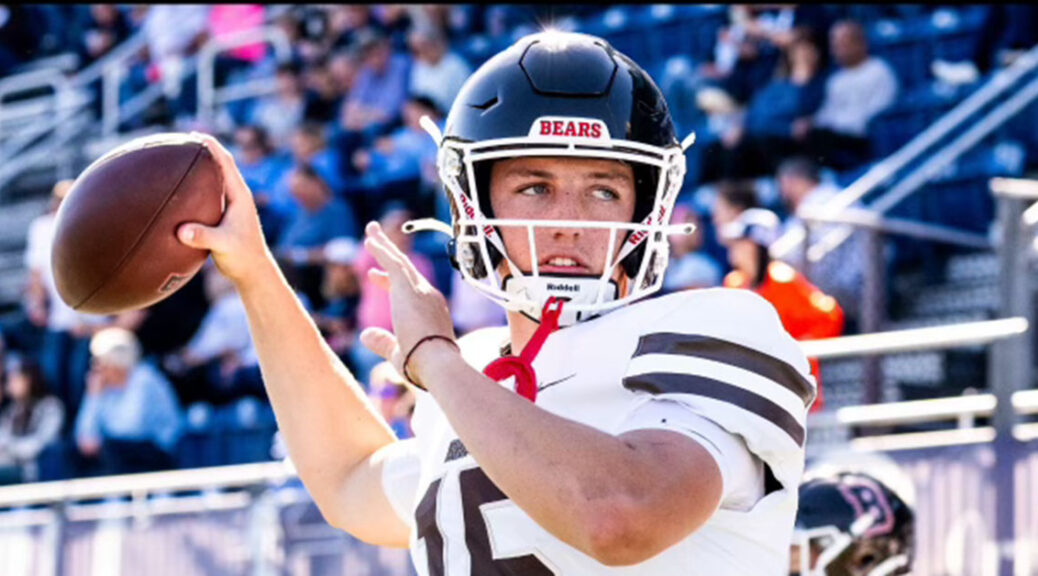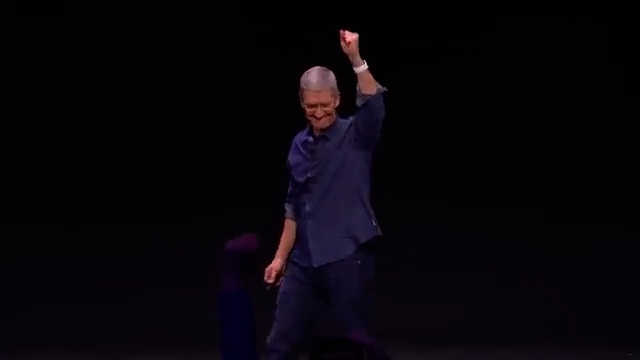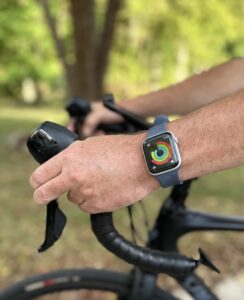Navigating the New NIL Era: Insights and Impact on Student-Athletes
By Kennedy Gaynor, Charlie McLain, Ava Boyd, and Sofie Yurewicz
BLOOMINGTON—Indiana University football is undefeated and having its best season in program history, and NIL is thriving for hoosier athletes.
It’s Saturday, November 2, 2024. The Indiana Hoosiers are in East Lansing to take on the Michigan State Spartans for the Old Brass Spittoon, but that’s not all the Hoosiers are looking for. IU football has started 8-0 for just the second time in program history and is seeking their first ever 9-0 start—but how did the Hoosiers get here?

A program that’s won just nine games over their previous three seasons is about to win their ninth game of the 2024 season in as many games played. One of the greatest turnarounds in college football history is taking place right here in Bloomington, but what is the key to this sudden success? The answer is Name Image and Likeness (NIL), the recent initiative in college sports that allows college athletes to be paid for their brand. “Name, image, and likeness is another set of words for right of publicity,” says Dr. Galen Clavio; the head of IU’s Sports Media program.
With recent Name, Image, and Likeness (NIL) regulations, Indiana University athletes now have new ways to profit from their personal brands, gaining financial support and career-building opportunities while still in college. Proponents argue that NIL reduces athletes’ financial stress, allowing them to focus more on academics and sports, while critics worry that NIL could shift focus away from team dedication. Mika Millbach, a longtime IU supporter, believes these deals are vital for athletes’ growth both on and off the field, asserting they allow students to reach their full potential without the financial pressures many face.

Brown University’s sophomore quarterback James Murphy shared his insight on the new landscape of NIL. He shared valuable information about the opportunities and challenges athletes at the collegiate level face because of NIL—something he knows very well, having been affected. In an interview with Murphy, he says “NIL has completely changed the landscape of college sports as a whole. Athletes are not only finally getting financially rewarded for their hard work and sacrifice- but it also has played a big role in recruiting more student athletes as well. Schools that can offer more money to the athletes through collectives and brand deals will be more appealing during the recruiting process.”
Mika Millbach, best friend of an IU professor and massive Indiana sports fan, believes that NIL deals are vital for the Indiana football team to reach its full potential. He asserts that these agreements not only offer athletes financial support but also contribute to their overall education by lessening financial stress, allowing them to focus more on academics. “I think the program has had an incredible impact and without this program I think that the students would suffer…” he said. For IU, Millbach argues, NIL could mean attracting more talented athletes and boosting the team’s performance, which would ultimately bring more recognition and funding to the university. Millbach also believes that NIL leads to more educated athletes by the persuasion of the deal.
Two junior students, Kate and Olivia, admitted they didn’t know much about NIL or its impact on student-athletes but were eager to share their thoughts. “I do not keep up with football much,” Allie noted, “but I have noticed that our team is continuing to succeed and are leading the season 6-0.” This led Olivia to ask Kate if the team’s winning streak might have more to do with coaching than NIL. After a brief discussion, they both concluded that Coach Cignetti’s leadership, rather than NIL deals, is likely the driving force behind the team’s recent success. Their perspective suggests that factors beyond NIL, like strong coaching, could play a larger role in team performance, providing a counterpoint to the idea that NIL alone is shaping athletic outcomes.

Football’s second-string quarterback, Tayven Jackson, shared his insights on how NIL has positively impacted student-athletes, especially those from challenging backgrounds. “A lot of my teammates come from a rough background, and so now that they can make money, they can help their families and their cousins and people that are sick in their families,” Jackson explained. For Jackson, NIL deals go beyond personal gain—they offer student-athletes a chance to support loved ones and make a difference off the field. He also noted the importance of being wise with NIL opportunities, advising fellow athletes to work with agents to secure the right deals and invest earnings responsibly rather than spending recklessly. In the long term, Jackson hopes to see NIL deals that help athletes promote their brands and use these platforms meaningfully, rather than just providing a paycheck. His perspective showcases NIL as a unique opportunity for financial growth, family support, and career preparation, but one that also requires thoughtful management.
As Indiana University’s football team makes history with an unprecedented winning season, the role of Name, Image, and Likeness (NIL) in their success has sparked discussions across the campus and beyond. While some attribute the team’s performance to skilled coaching and strong leadership, others, like quarterback Tayven Jackson and IU supporter Mika Millbach, believe NIL has provided athletes with essential financial support and opportunities to grow both on and off the field. NIL has not only helped players like Jackson support their families but has also created a new pathway for student-athletes to build their futures beyond college sports. As NIL continues to evolve, its impact on programs like IU’s football team highlights a transformative shift in college athletics, one that empowers athletes to succeed academically, athletically, and professionally. Whether through coaching or NIL, the Hoosiers’ extraordinary season is a testament to the power of investing in student-athletes, marking an exciting new era for Indiana University sports.
Tayven Jackson, sophomore quarterback at IU, opens up about his experiences with NIL and its impact on college athletes. In this interview, he offers valuable insights on navigating the new landscape of student-athlete compensation.
In a series of street interviews, people connected to IU share their thoughts on the changing landscape of NIL. Their perspectives highlight how NIL is shaping the future of student-athletes and the university community.
###






